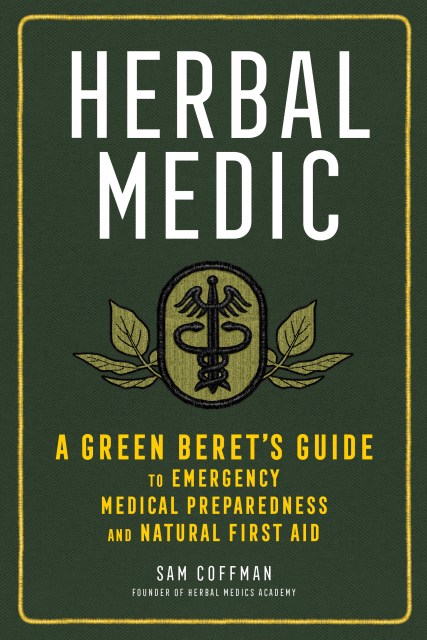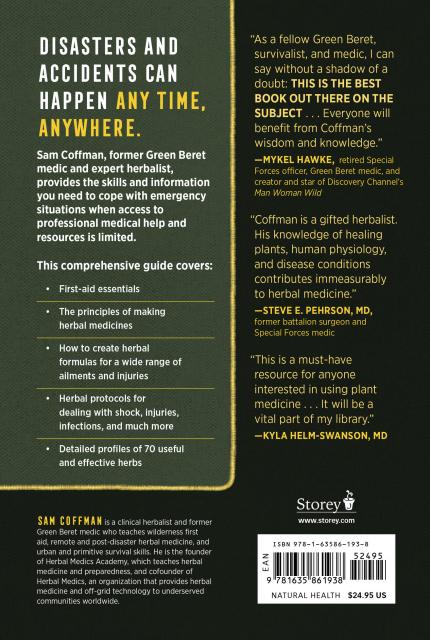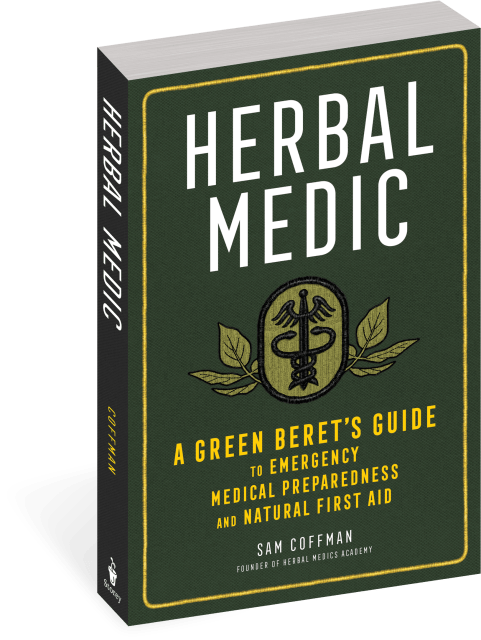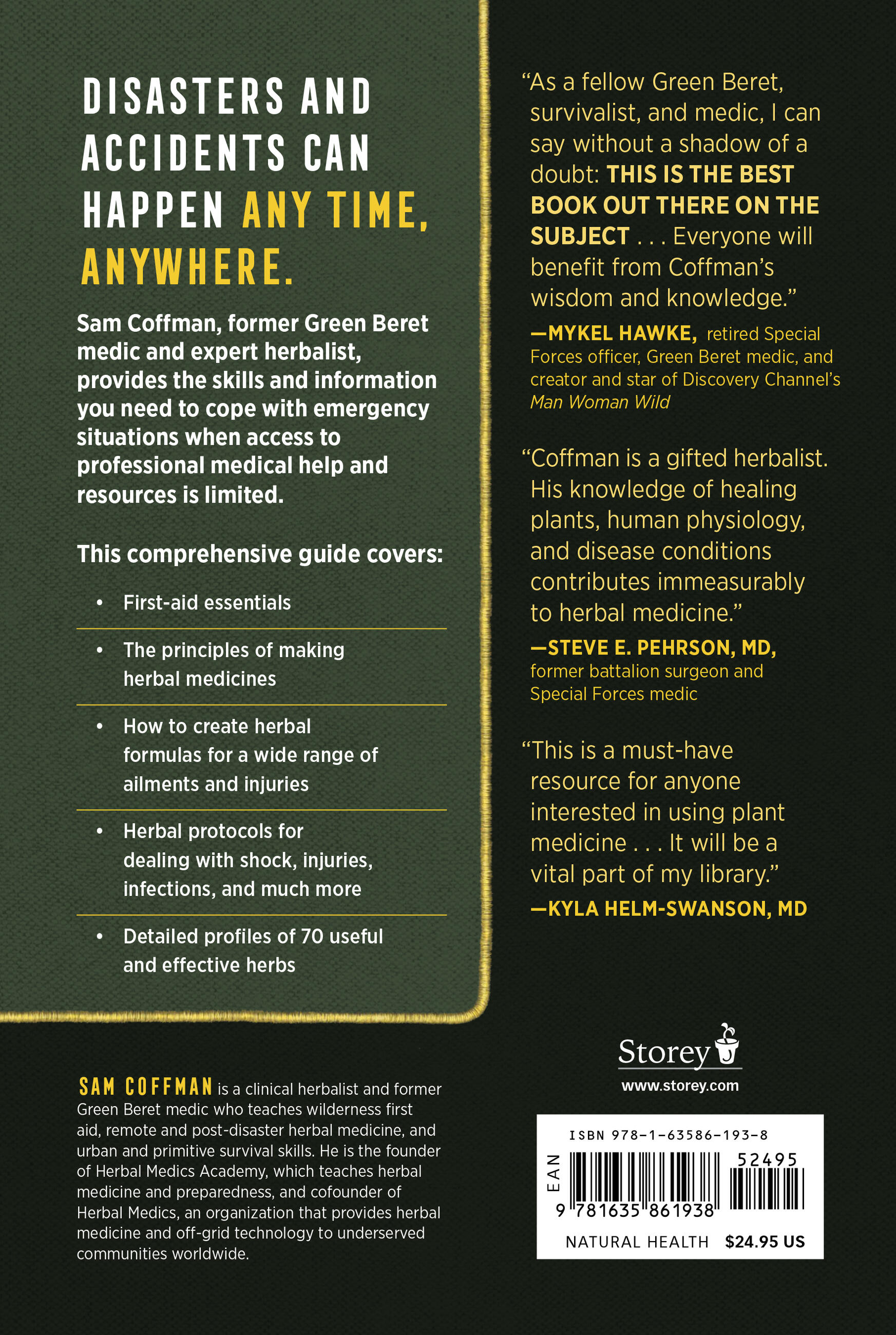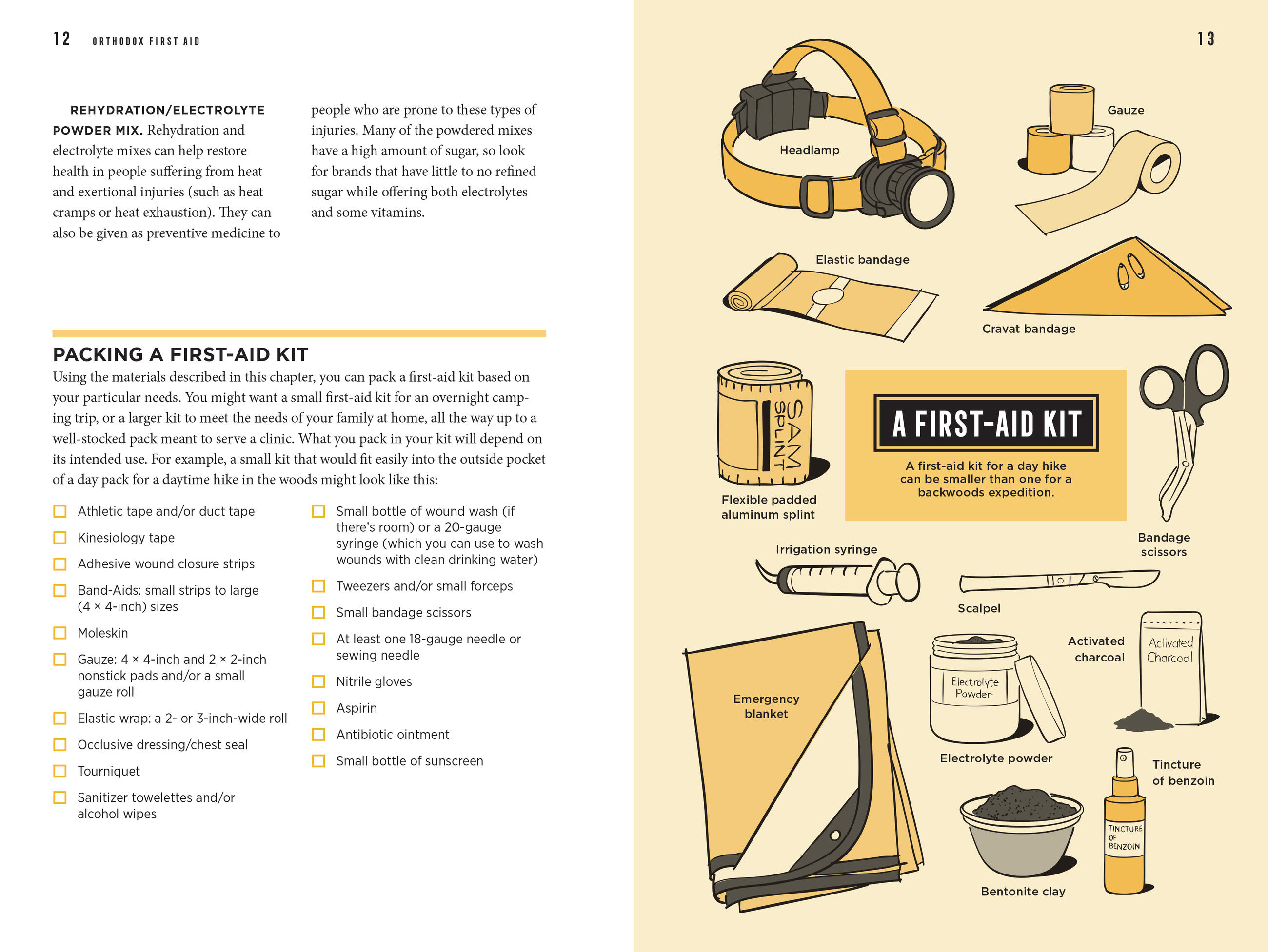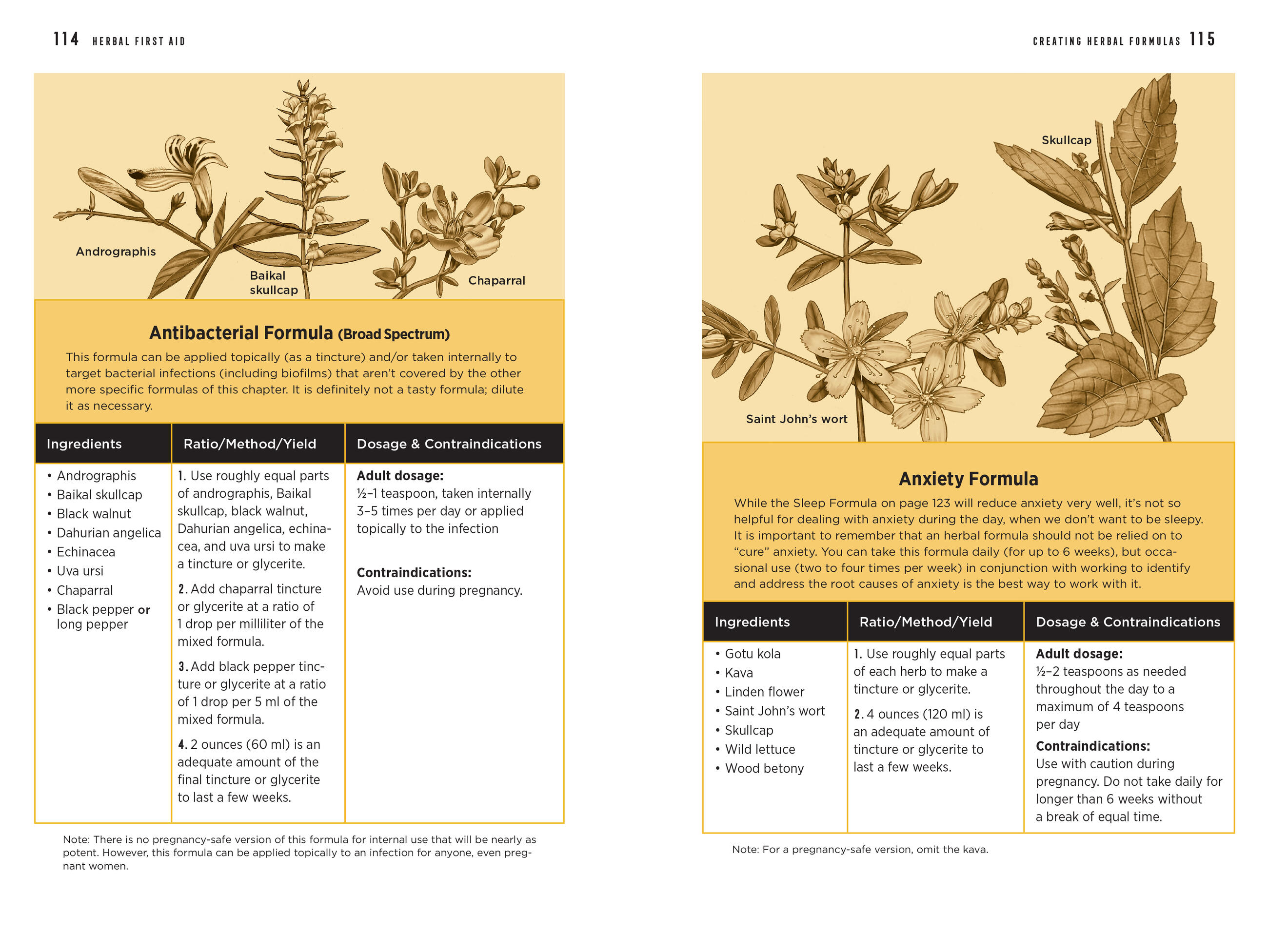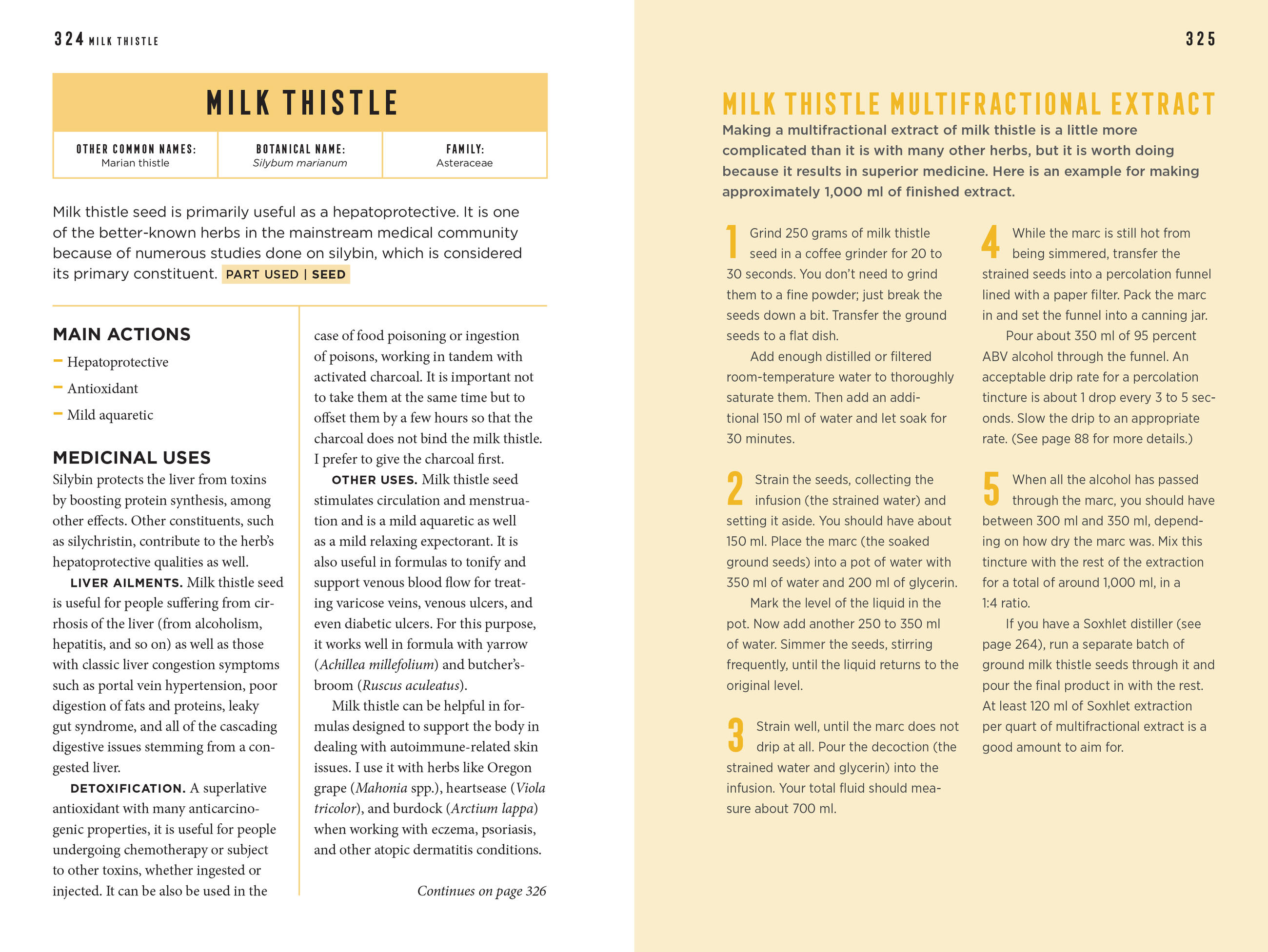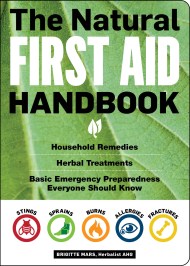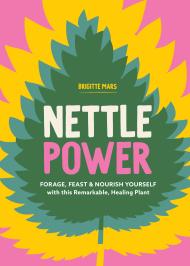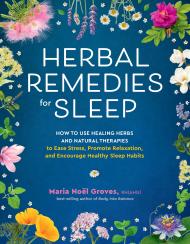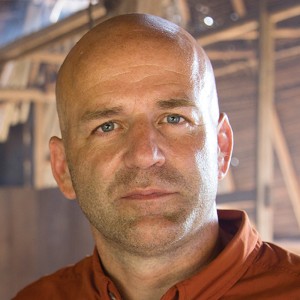Promotion
Use code BEST25 for 25% off storewide. Make sure to order by 11:59am, 12/12 for holiday delivery!
By clicking “Accept,” you agree to the use of cookies and similar technologies on your device as set forth in our Cookie Policy and our Privacy Policy. Please note that certain cookies are essential for this website to function properly and do not require user consent to be deployed.
Herbal Medic
A Green Beret's Guide to Emergency Medical Preparedness and Natural First Aid
Contributors
By Sam Coffman
Formats and Prices
- On Sale
- Aug 3, 2021
- Page Count
- 416 pages
- Publisher
- Storey
- ISBN-13
- 9781635861938
Price
$24.95Price
$30.99 CADFormat
Format:
- Trade Paperback $24.95 $30.99 CAD
- ebook $2.99 $2.99 CAD
- Hardcover $35.00 $45.00 CAD
This item is a preorder. Your payment method will be charged immediately, and the product is expected to ship on or around August 3, 2021. This date is subject to change due to shipping delays beyond our control.
Buy from Other Retailers:
Herbal Medic covers first-aid essentials, such how to assess a situation and a person in need of treatment and distinguish between illness and injury, as well as how to prepare and use herbs when there is no access to conventional medical treatment. In addition, the book provides a basic introduction to herbal medicine, with detailed entries on the best herbs to use in treatment; information on disease in the body and how herbs work against it; instructions for making herbal preparations; a list of those herbs the author has found most useful in his clinical experience; and a wide array of specific herbal care protocols for a multitude of acute health issues.
-
"As a fellow Green Beret, survivalist, and medic, I can say without a shadow of a doubt: THIS IS THE BEST BOOK OUT THERE ON THE SUBJECT... Everyone would benefit from Coffman’s wisdom and knowledge.” — Mykel Hawke, retired Special Forces Officer, Green Beret medic, and creator and star of Discovery Channel’s Man Woman Wild
"Coffman is the most gifted herbalist I've come across. His knowledge of plant lore and his understanding of human physiology and disease conditions has contributed immeasurably to the knowledge base of herbal medicine." — Steve E. Pehrson, MD, former battalion surgeon and Special Forces medic
"Herbal Medic is a must-have resource for anyone interested in using plant medicine, from the layperson to the medical professional. This book will be a vital part of my library."— Kyla Helm-Swanson, MD
“I have been aware of San Coffman’s healing work for many years and have been continually impressed with his service to those in need. This book is a welcome addition to the emerging field of the herbal treatment of serious conditions.” — Stephen Harrod Buhner, bestselling author of Herbal Antibiotics and Herbal Antivirals
Newsletter Signup
By clicking ‘Sign Up,’ I acknowledge that I have read and agree to Hachette Book Group’s Privacy Policy and Terms of Use
